4 Brand Voice Examples to Inspire Your Content Strategy

Imagine Nike without their tagline “Just do it” or Apple without their signature bold-and-innovative-yet-approachable personality. These companies’ brand voices are instantly recognizable and have helped catapult their brand presence to the masses, successfully reaching their target audiences in the process.
It is crucial to have a unique, strong brand voice that cuts through the noise and helps your brand stand out in your industry. According to Lucidpress, having a consistent and recognizable brand voice across all your platforms can increase revenue as much as 20 percent or more.
But with digital channels so saturated, it can be daunting to be faced with the task of creating a brand voice that will effectively connect with your audience and differentiate your brand from competitors.
If you need a boost of inspiration to supercharge your brand voice, check out some of our favorite examples of brand voice excellence below.
- BarkBox’s brand voice is quirky, humorous, and irreverent
- Starbucks’ brand voice is evocative, direct, and joyful
- Benzinga’s brand voice is business-oriented, pragmatic, and confident
- Teach For America’s brand voice is inclusive, welcoming, and compassionate
BarkBox’s brand voice is quirky, humorous, and irreverent
Subscription dog products service BarkBox’s social media posts reflect a fun-loving, comedic, and offbeat voice to relate to dog owners. Its voice feels friendly, silly, and familiar, like what a dog might sound like if it could talk. Heartwarming pics and captions in BarkBox’s social posts exude playful whimsy to make dog owners’ hearts melt.
In the post below, the brand features an adorable bulldog dressed up in a dapper tux and talks directly to its audience as friends. Language like “This is Bert. He just got a new tux, and he thinks he looks pretty snappy. Can’t argue with that, handsome gentleman, Bert.” is sure to delight its audience.
BarkBox strengthens engagement by asking their followers to comment on the dog in his tux, adding “extra comments never hurt” for added impact. Unsurprisingly, the comment box is flooded with happy, amused, and gushing followers.

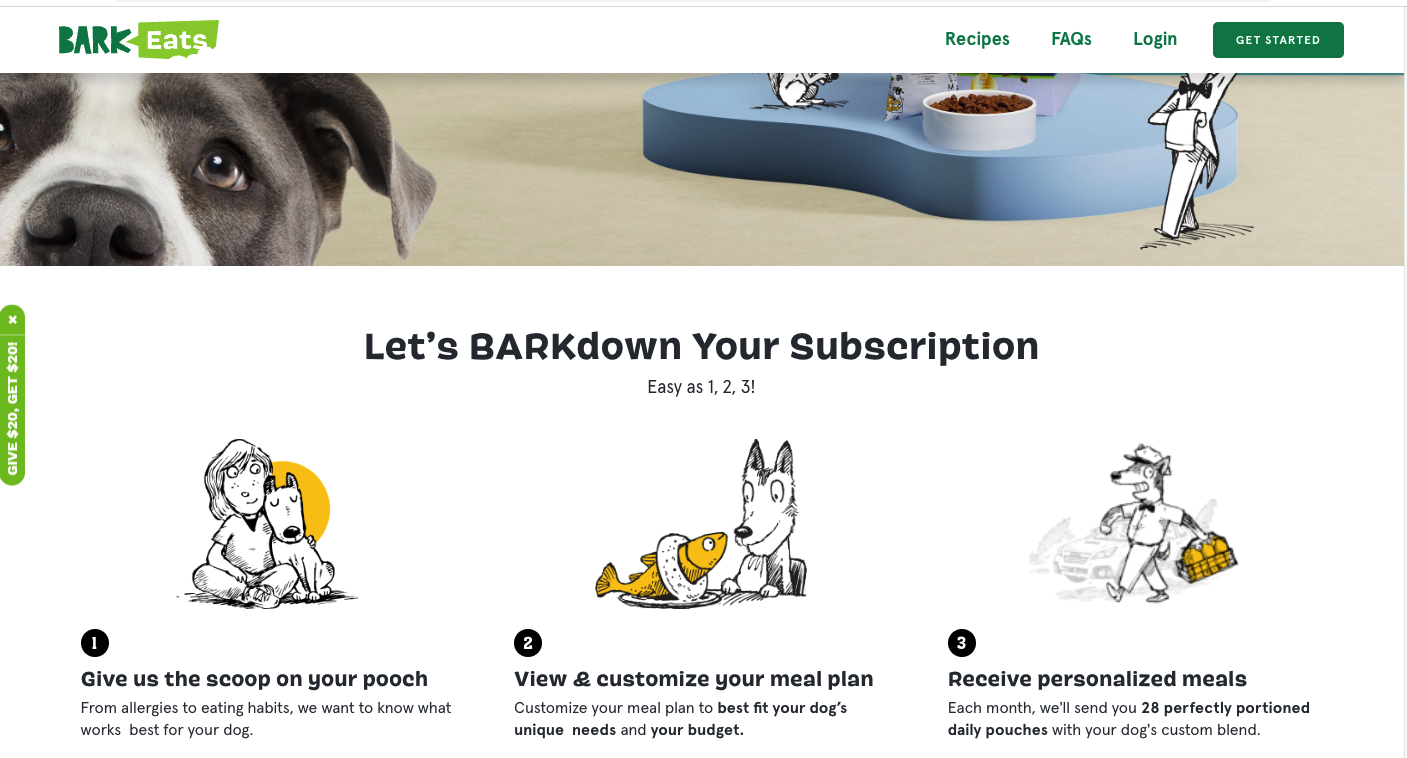
BarkBox’s dog food subscription service homepage
Playful puns like “Let’s BARKdown Your Subscription” is core to the brand’s writing style and brand identity, reinforcing the brand’s playful sensibility.
Why BarkBox’s brand voice works
From social media posts to the homepage for meal subscription products, BarkBox maintains an approachable, friendly, and fun-loving brand voice that never takes their own brand too seriously. BarkBox’s quirky and playful voice and unique personality help them connect with an audience of dog lovers.
Takeaway: If appropriate to your brand voice and audience, don’t be afraid to break the fourth wall in your content; use puns and play with language to showcase a fun-loving vibe that resonates with your audience.
Starbucks’ brand voice is evocative, direct, and joyful
Coffeehouse chain Starbucks’ brand voice exudes passion for their products. They lead with a thoughtful and helpful tone that instills positivity in their customers’ day-to-day lives.
According to their brand voice guidelines, Starbucks’ brand voice features both expressive and functional tones, depending on the medium. Starbucks explains how a functional tone of voice is to be used for wayfinding and ordering and should be clear and straightforward. The focus is on presenting products to customers rather than bringing attention to the brand itself.
An expressive tone of voice, on the other hand, is used where the brand has more bandwidth. Writers are then encouraged to paint more vivid pictures through evocative narratives of the brand’s products to create engaging experiences for customers.
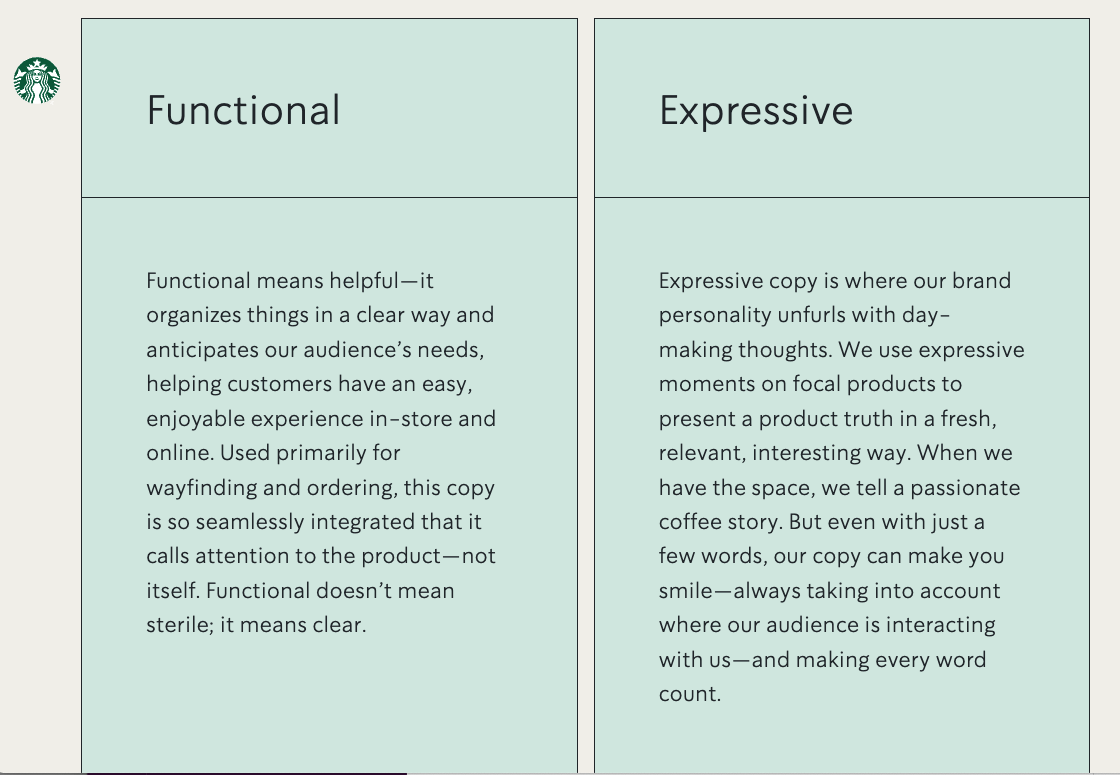
Starbucks’s brand voice guidelines
Below is an in-store Starbucks in-store sign that uses a functional and helpful tone of voice to present three types of matcha-based beverages to its customers.
This copy is particularly effective because it shows Starbucks anticipating their customers’ needs and desires. Rather than drawing attention to the brand itself, the copy focuses on showcasing the product, clearly demonstrating the range of options for a single type of ingredient, matcha.
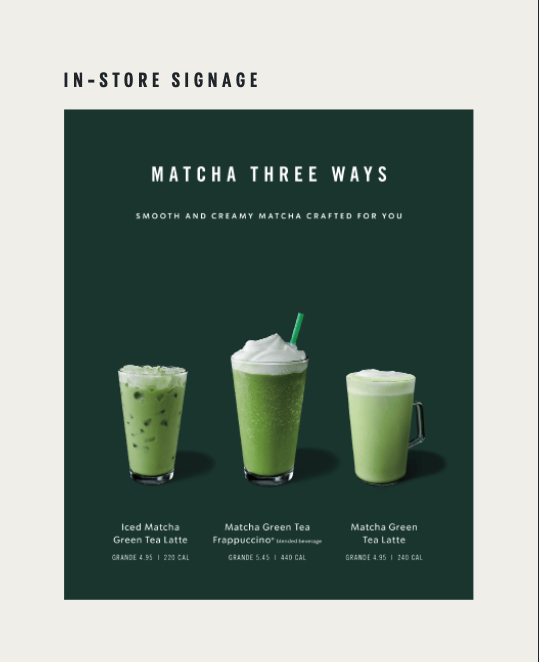
Here Starbucks uses an expressive voice. The copy, “That first sip feeling,” heightens customers’ excitement, draws them in more deeply, and (hopefully) a desire to join the rewards program.

Marketing material from Starbucks’ Rewards Program
Here are more examples of Starbucks’ evocative and engaging copy. Copy like “Introducing our new Iced Toasted Vanilla Oatmilk Shaken Espresso with rich, creamy layers and nondairy goodness” simply whets customers’ appetites.
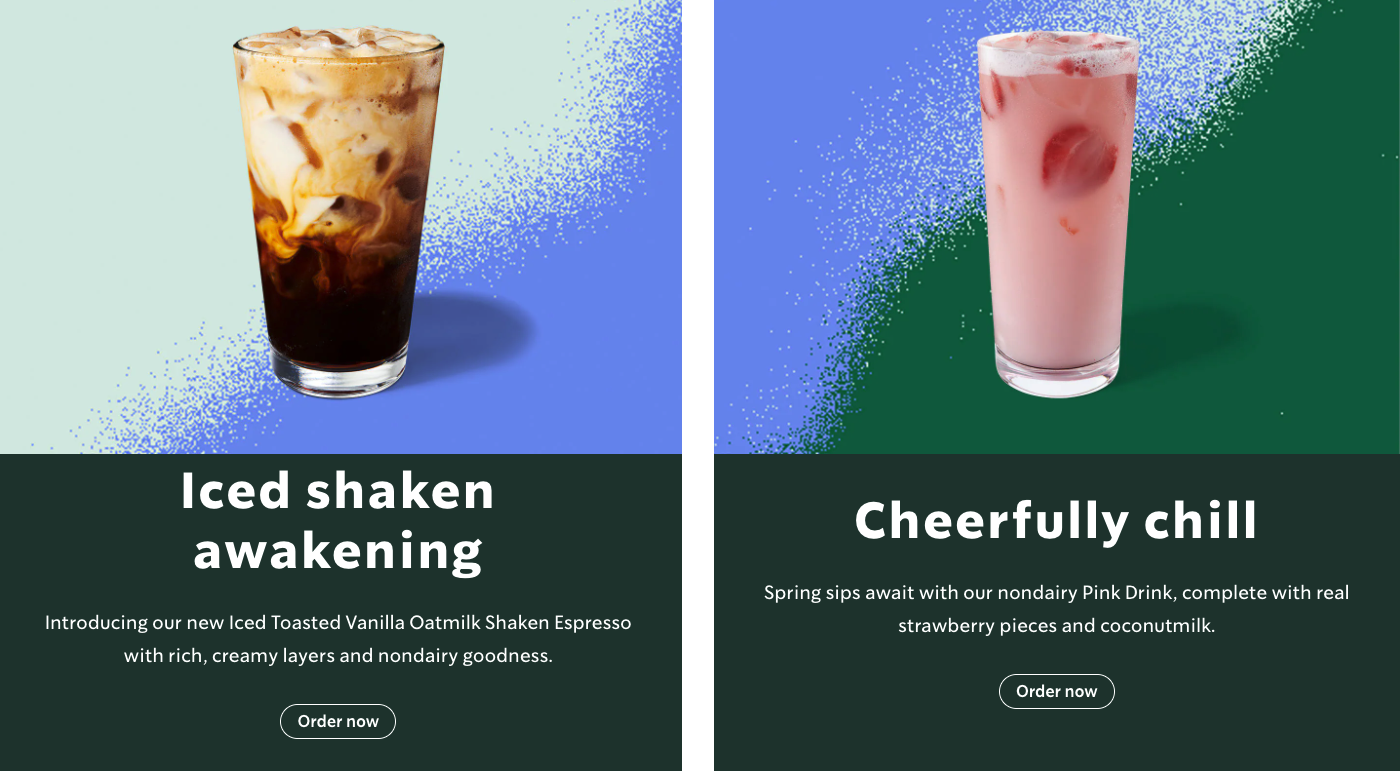
Starbucks’ product copy examples
Why Starbucks’ brand voice works
Starbucks alternates between expressive and functional tones of voice for different types of copy while maintaining a consistent brand personality throughout. Doing so, Starbucks connects with coffee and beverage lovers to create engaging, valuable, and sensory-driven customer experiences.
Takeaway: Assign different modes or tones of voice to your brand voice, depending on the medium. As you alternate between tones of voice, stay true to your core brand personality.
Benzinga’s brand voice is business-oriented, pragmatic, and confident
Financial media outlet Benzinga offers their investor audience real-time news and financial advice to stay ahead in volatile business markets. Their brand voice is direct, strong, and empowering—exuding confidence with a business-like feel and tone.
Benzinga’s homepage for personal finance services leads with a tone of professionalism and authority, fostering trust in their audience. Language like “Secure Your Financial Future” and “Get Expert Insights” reinforces the brand’s credibility, positioning them as a leader in their industry.

Benzinga’s personal finance service homepage
On their B2B homepage that offers services for entrepreneurs, Benzinga sports an assertive, self-assured, yet functional tone of voice to relate to their business-oriented audience. The CTA “Compare products, learn new tools and get expert guidance” embodies the brand’s professional and actionable voice, empowering their audience with tools that drive financial results.
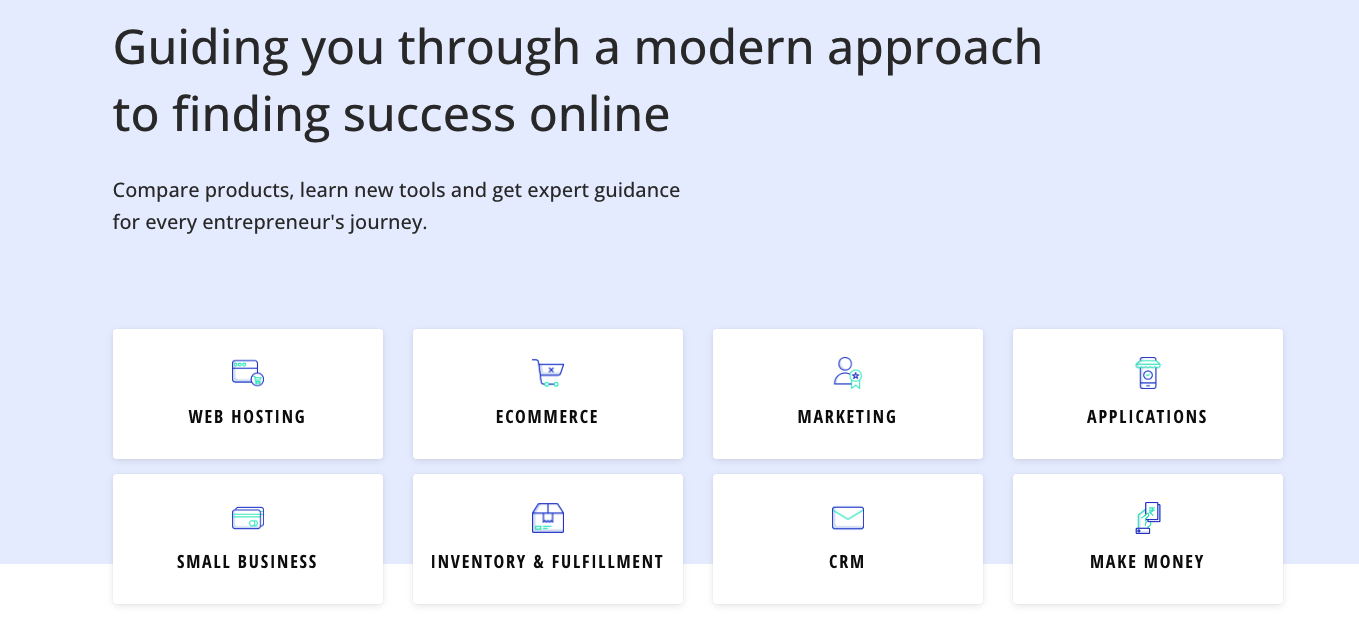
Benzinga’s B2B services for entrepreneurs homepage
On the Benzinga Pro site, language like “profit,” “due diligence,” and “invest smarter” reinforce the brand’s deep domain expertise in the finance space.
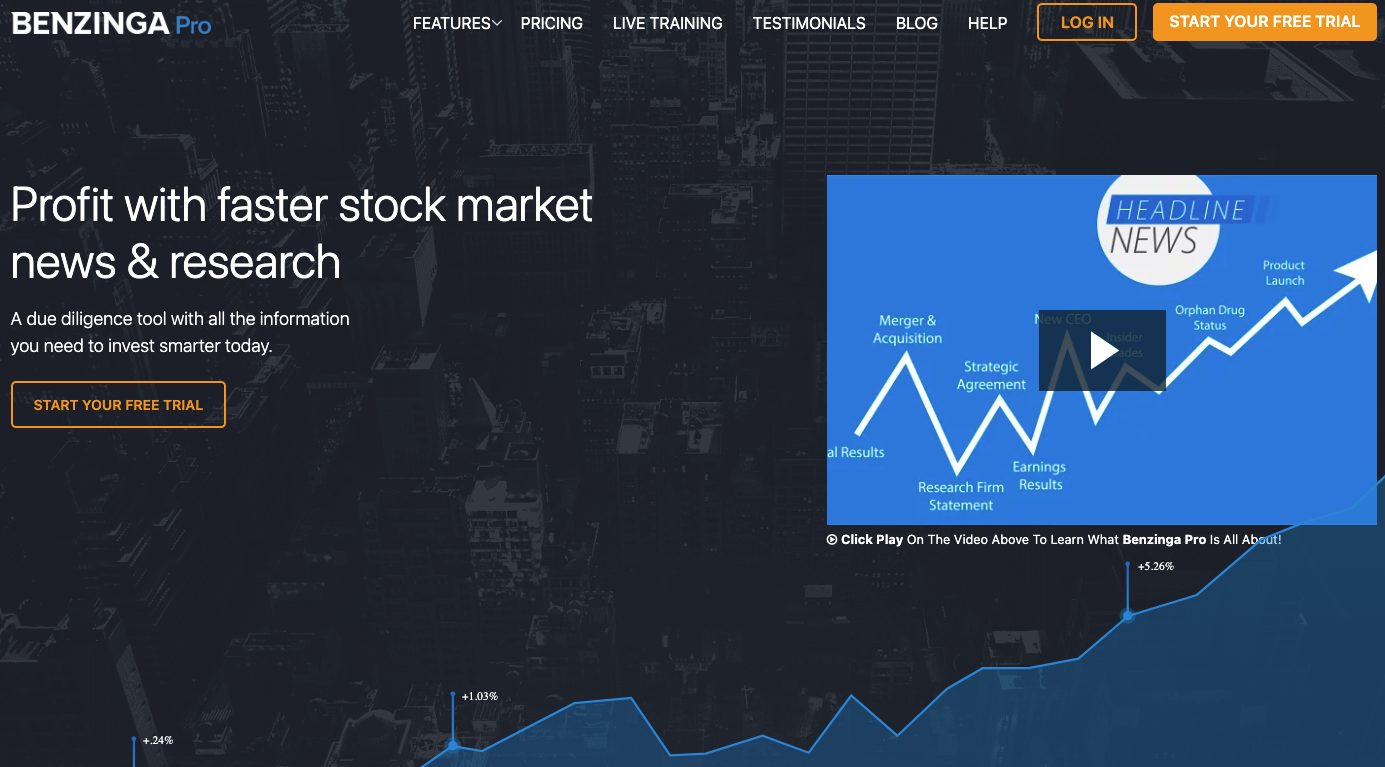
Why Benzinga’s brand voice works
Benzinga’s brand voice, from their homepages to their service pages, is right on the money. Maintaining a consistent voice that conveys professionalism and business acumen strikes a chord with today’s investors.
Takeaway: Lead with a confident tone of voice throughout your content to inspire, inform, build credibility, and strengthen trust with your audience. Use language that illustrates your expertise in your domain space. Use action-oriented language to motivate your audience to take action, i.e, do business with you.
Teach For America’s brand voice is inclusive, welcoming, and compassionate
Teach For America (TFA), a nonprofit organization whose mission is to ensure that every child is granted the opportunity for a fair and quality education, use a brand voice that communicates their core values of inclusivity, equity, and community.
The organization’s homepage for its podcast puts its values front and center in the titles of its episodes, such as “Culture, Community, and Care.” Copy like “Hear how students at DreamHouse ‘Ewa Beach in Hawai’i are finding their voice as community leaders” appeals to its audience with an idealistic and inspiring voice.
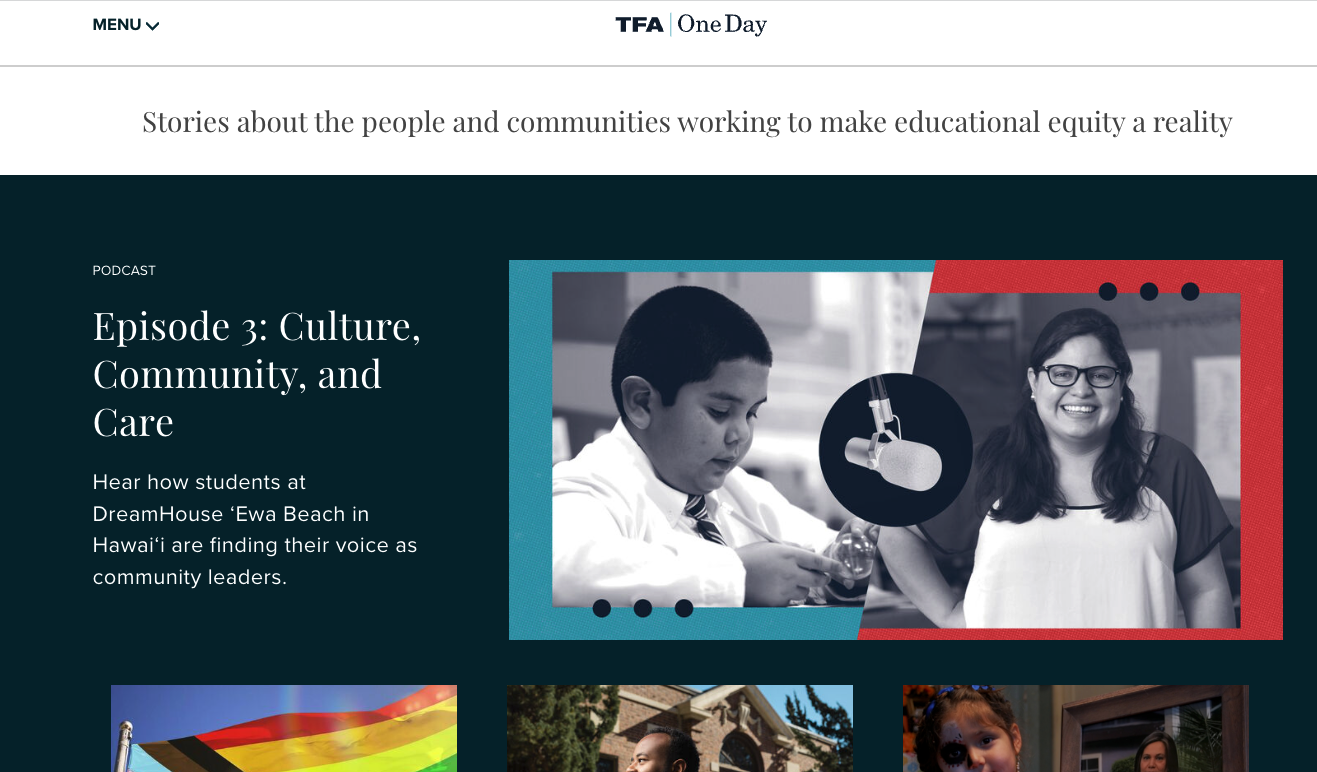
Teach For America’s podcast homepage
Here, on one of its web pages describing its mission, TFA uses copy that exemplifies how it is “working to realize the day when every child has an equal opportunity to learn, grow, influence, and lead.” This language effectively conveys the brand’s caring, supportive, and accepting perspective, using its values and philosophies to deepen its connection with its audience.
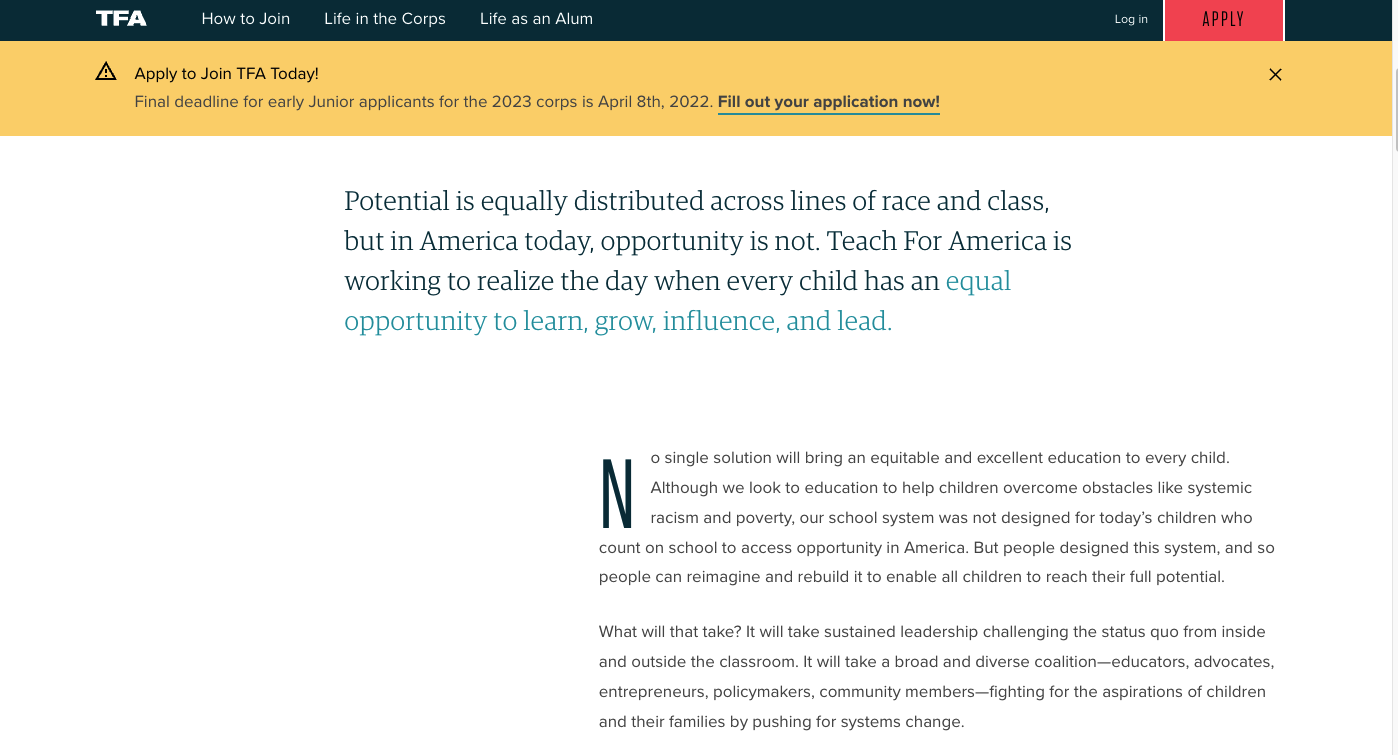
Teach For America’s “What-We-Do” homepage
Why Teach For America’s brand voice works
TFA leads with thoughtfulness, professionalism, idealism, and compassion throughout its content. Uplifting messages communicate its core values.
The organization doesn’t just talk the talk. It knows that its brand voice works by reviewing metrics on Parse.ly’s data analytics platform.
Michael Kress, editor-in-chief of One Day Digital, TFA’s digital editorial magazine, explains the role data insights play in the organization’s storytelling. “Part of our goal is to galvanize people around the issues that we care about,” Kress says. “We really want to know that we are engaging people in the audience that we have. Storytelling is our bread and butter, and we need to be able to… prove our worth, but also learn and grow in our work.”
With Parse.ly, TFA tracks which elements of its brand voice are working and continuously optimizes it to widen its reach and audience resonance. They found that their op-ed pieces resonated strongly with their audience, which prompted them to launch a dedicated Opinion section on their site.

Takeaway: Lean on your ethos and values in your content to ensure your brand voice aligns with your brand’s mission to effectively connect with an audience that shares your values. Use data analytics to monitor KPIs to ensure your brand voice reaches and engages your audience—make adjustments where needed if you’re off the mark.
Ensure consistency of voice throughout your organization with brand voice guidelines
A final word of advice to set up your content engine for success. Once you have your brand voice set, codify it in a formal style guide to help everyone who creates content in your organization stay on point by speaking the same voice, so to speak. And make sure everyone speaking that voice can track their impact with content data.